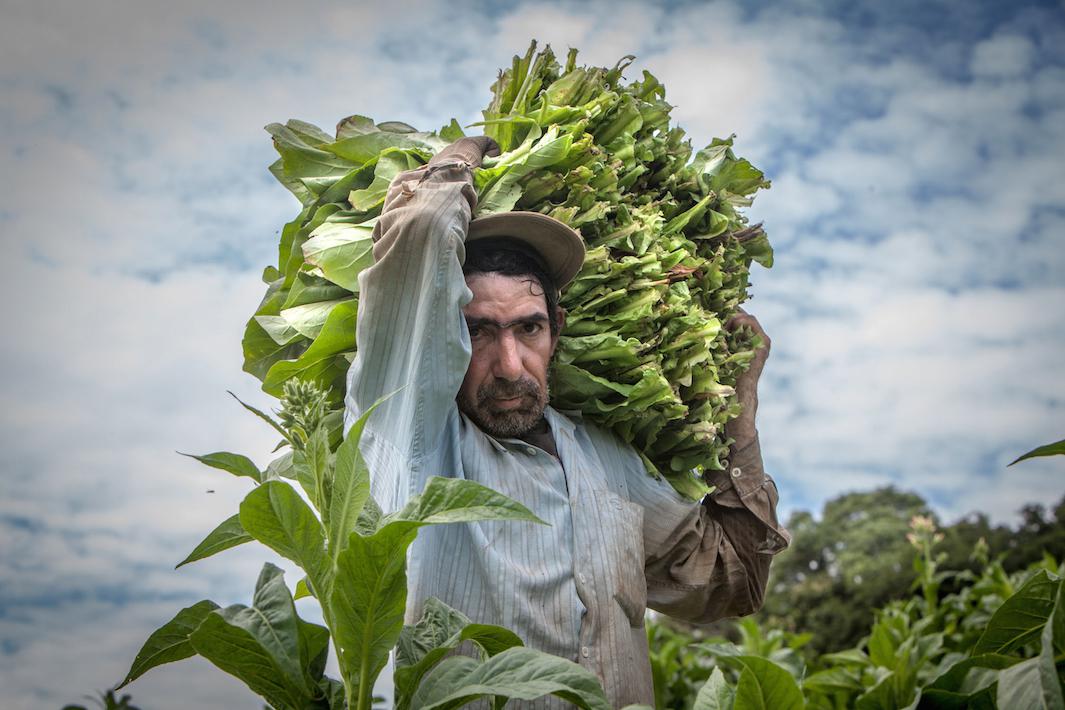In the late 1990s, as Sarah Hazlegrove’s family stopped growing tobacco for the first time in 200 years, her immediate reaction was to start photographing the Virginia family farm she knew and loved. Though Forkland Farm’s history with tobacco had special resonance for her, she knew its departure from the cash crop wasn’t a unique phenomenon and that many family tobacco operations around the world were slipping away as commercial enterprises increasingly dominated.
In the years since, she’s visited family farms throughout the United States, the Dominican Republic, Brazil, Malawi, Indonesia, and Cuba to document the people who still grow the plant the way she knew growing up. Hazlegrove’s own personal history with tobacco has helped her access otherwise hard to access communities, and she plans to visit even more of them—hopefully in China, India, and Turkey—as she continues her project, “Tobacco People.”

Sarah Hazlegrove
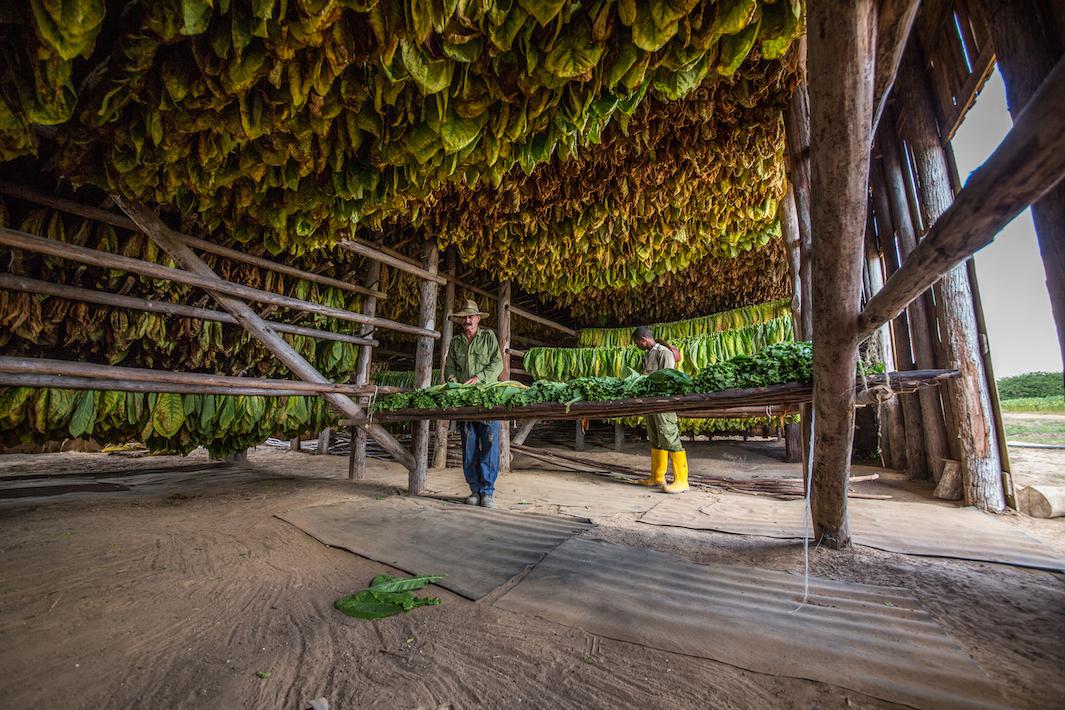
Sarah Hazlegrove
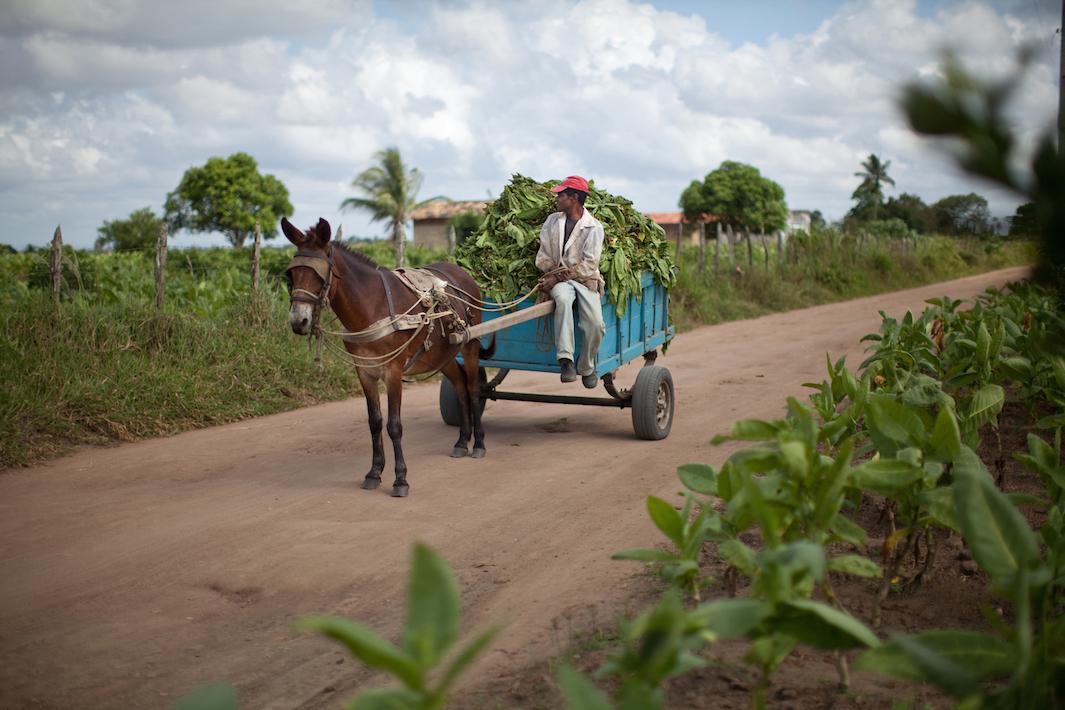
Sarah Hazlegrove
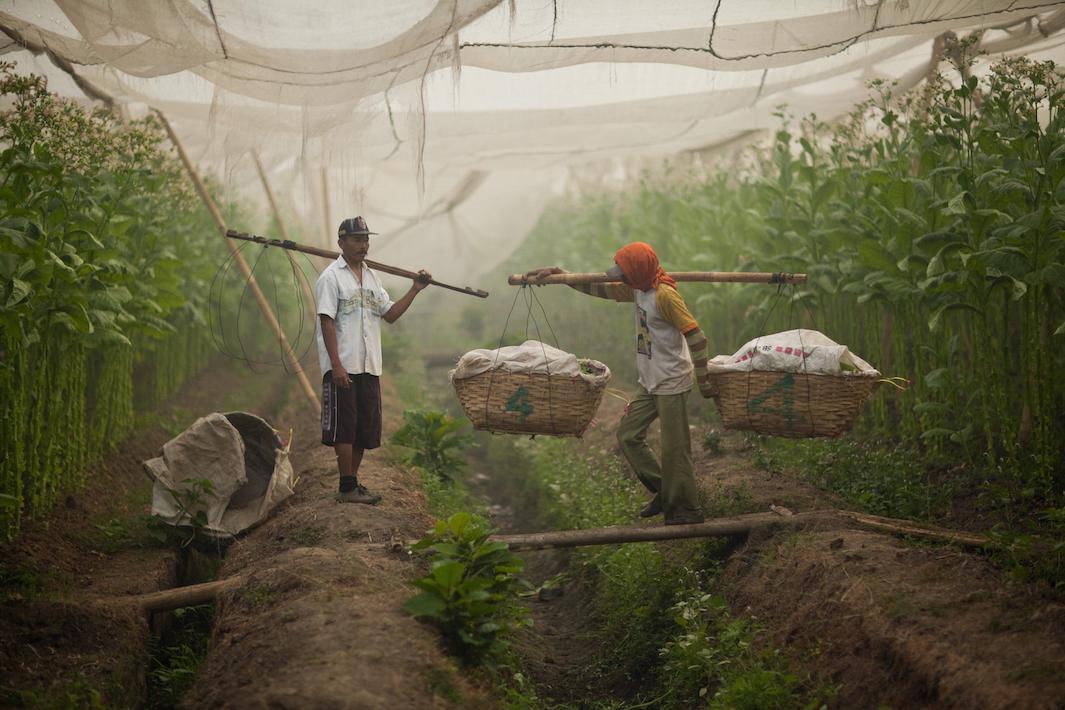
Sarah Hazlegrove
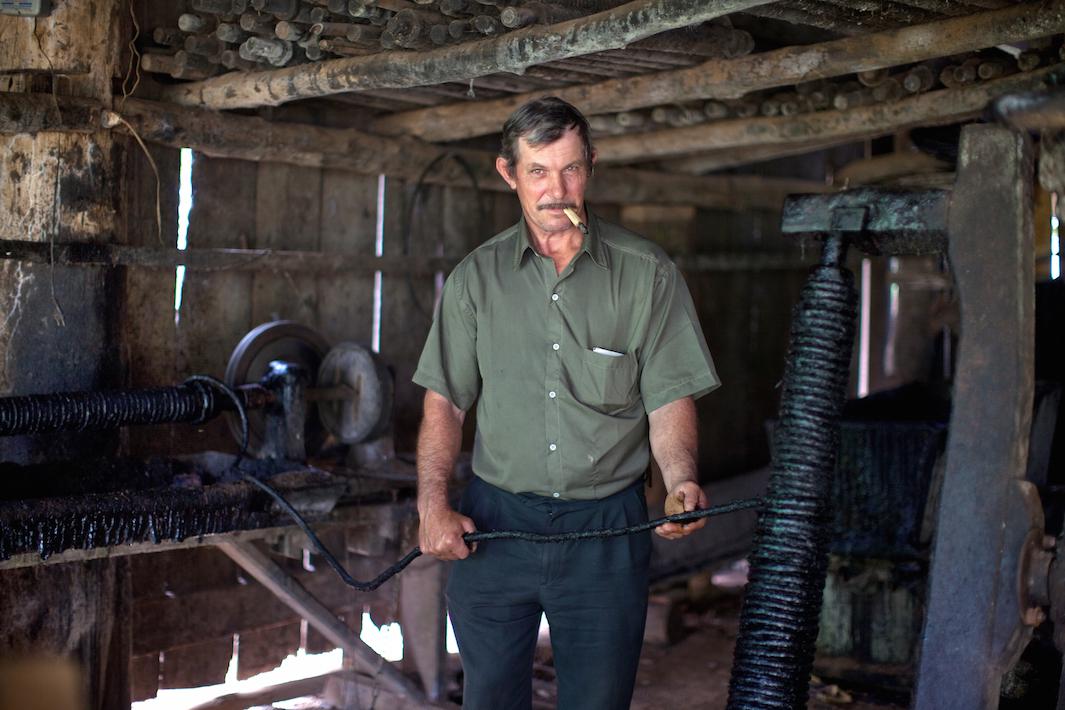
Sarah Hazlegrove
Over the years, Hazlegrove has had to practice what she calls “special forces photography,” because she usually only has an hour or two to “get in, get the pictures, and get out.” Still, her photos manage to capture the full variety of a tobacco farmer’s responsibilities, from harvesting to curing. But they also focus on personalities and show everyday life for the farmers, including their work and rare moments of relaxation. In Brazil, Hazlegrove took special interest in documenting workers twisting rope tobacco, an old process intended to keep tobacco preserved longer and moved more easily. In other countries, she simply photographed the common but miraculous ability of families to make a living on only two hectares—less than five acres—of land.
“The connecting element is as much the struggle and hardships as the successes these farmers have with tobacco. Having enough money to send the kids to school, to put shoes on their feet, to eat. It’s pretty much repeated throughout the world,” she said.
Photos from “Tobacco People” will be on display in Virginia at the Taubman Museum of Art from Oct. 10 to March 27. They will also be on view at the O. Winston Link Museum and at the Harrison Museum of African American Culture starting Oct. 17. A series of self-published books containing photos from “Tobacco People” are available on Hazlegrove’s website.
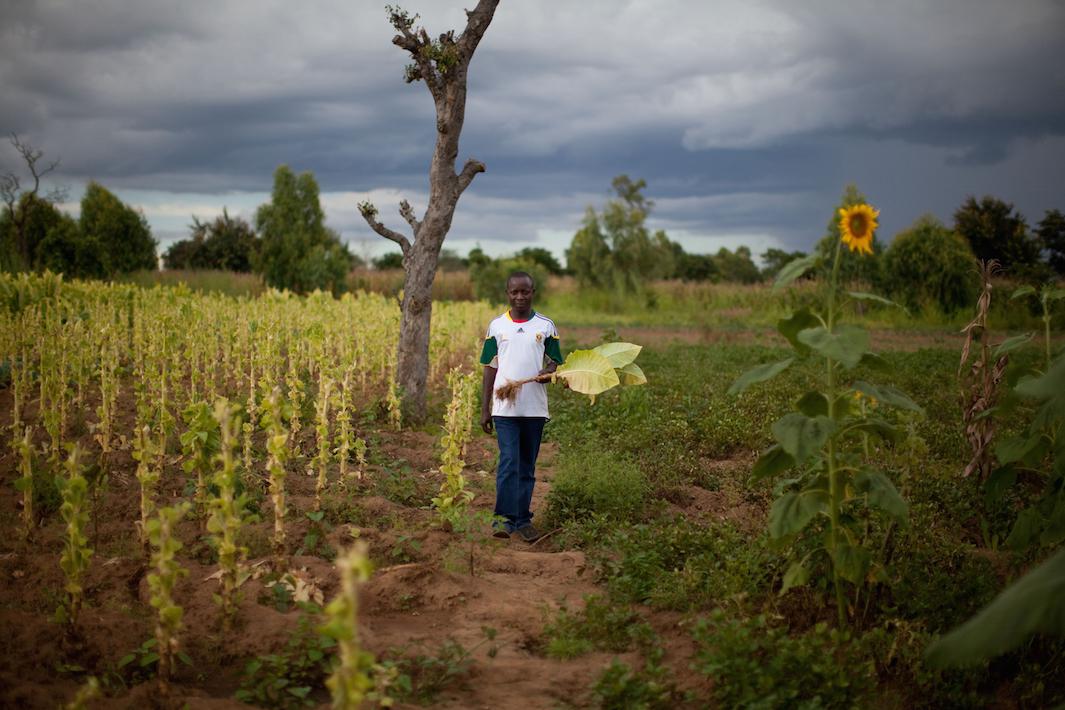
Sarah Hazlegrove

Sarah Hazlegrove

Sarah Hazlegrove
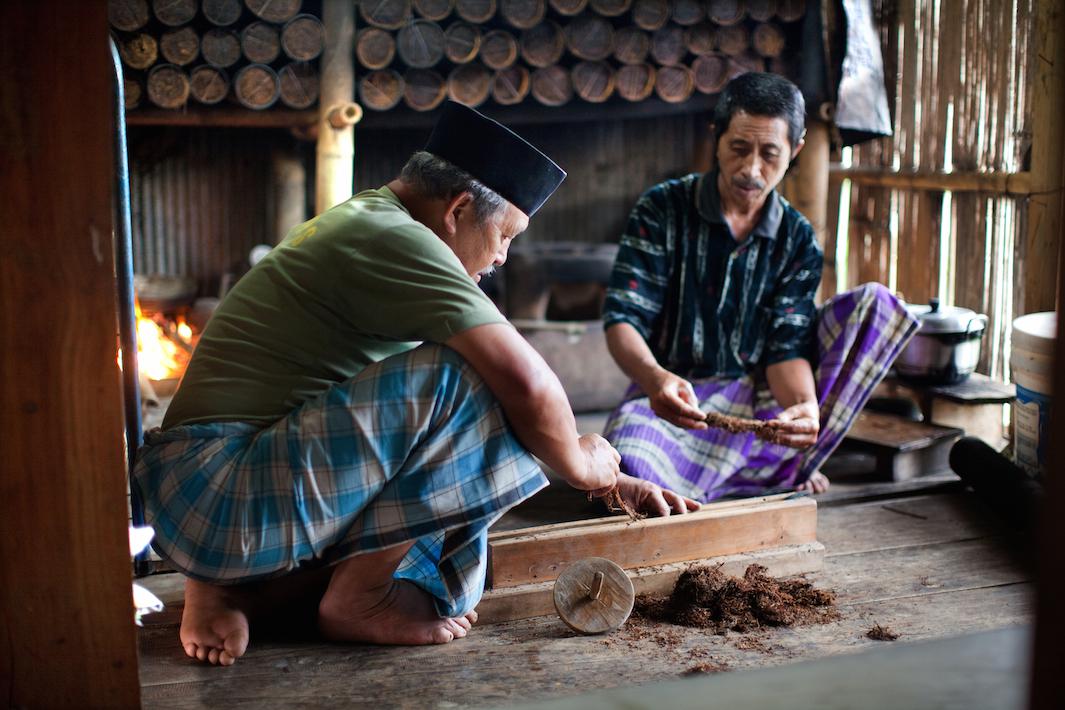
Sarah Hazlegrove

Sarah Hazlegrove
